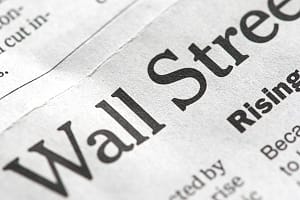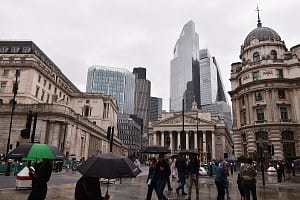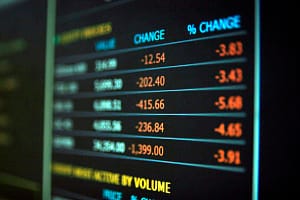The Two Sessions, China’s major annual political and policy gathering has taken place in Beijing over the last week.
A highlight was the opening works council speech by Li Qiang, the Chinese Premier, as it unveiled the government’s present economic and policy thinking.
China’s economy has entered a new and delicate stage in its transformational change. Double digit growth rates are a thing of the past. Instead the focus is on improving the quality of growth, boosting living standards and building a modern industrial society.
Over the last quarter of a century China accounted for one-third of global growth and exported low inflation.
During this time there were countless predictions of imminent economic doom. Such pessimism may be viewed like a stopped clock: of no use in telling the time but on occasions it will be right.
The fear for some is that now might be one of those times. Growth is sluggish, youth unemployment may be one in four and prices are falling, feeding fears of deflation. Although the central government’s finances are sound, a major problem is debts across local government and the property sector.
Additional hurdles to overcome to boost growth include high personal savings at a time when the economy needs more domestic consumption. Years of soaring investment have also left excess in some areas. Global uncertainty and geopolitics have created headwinds for Chinese trade and seen inward investment into China fall.
Yet China is the world’s second biggest economy, and its deep supply chains reflect its huge influence. As expected, the Premier announced a 5% growth target for 2024. At such a rate, China would add the equivalent this year of an economy the size of Poland, the 21st biggest in the world.
China’s aim is also to create 12 million urban jobs this year, but this requires the private sector to play a pivotal role.
Although Premier Li sought to address some of the private sector’s concerns it is a case of watching policy actions and regulations. China’s Ministry of Commerce also recently met with foreign firms to gather views.
Policy continuity, economic stability and investor confidence have been the priorities this year. The policy levers, though, may have to evolve.
The mantra remains that of a pro-active fiscal and prudent monetary policy. There appears reluctance to embark upon major stimulus, as used to be the case. There will be a boost, but more targeted.
Expect monetary easing, with liquidity injections via reductions in reserve requirements for banks, plus small cuts in policy rates, and debt restructuring.
Premier Li announced a plan to issue sizeable amounts of long-dated bonds, taking advantage of low borrowing costs. This makes immense sense.
What we can say with confidence is that China’s future trend rate of growth will be slower, and in all likelihood more volatile than the past. The population is older and shrinking and one cannot run a large economy easily from the centre.
A decade ago China talked of avoiding the Middle Income Trap. It is much harder for a country to move from middle to high income, than from low to middle income as it has done.
China needs broader and deeper capital markets to fund the burgeoning budget deficit and to help ensure high domestic savings fund the right type of investment needed.
The policy implications are twofold. One is for higher domestic consumption, with more transfer payments. Another is a shift to new investment opportunities. Just as China dominated low wage production before, it has moved into higher value-added areas like electric cars and space. Another success is greater investment into the green agenda and a transformational move into renewables.
One needs to be more open minded about China’s prospects in the face of its economic challenges. Yet, the policy clock has not stopped and now is not the time to become pessimistic about China.
Please note, the value of your investments can go down as well as up.






Leave a Comment